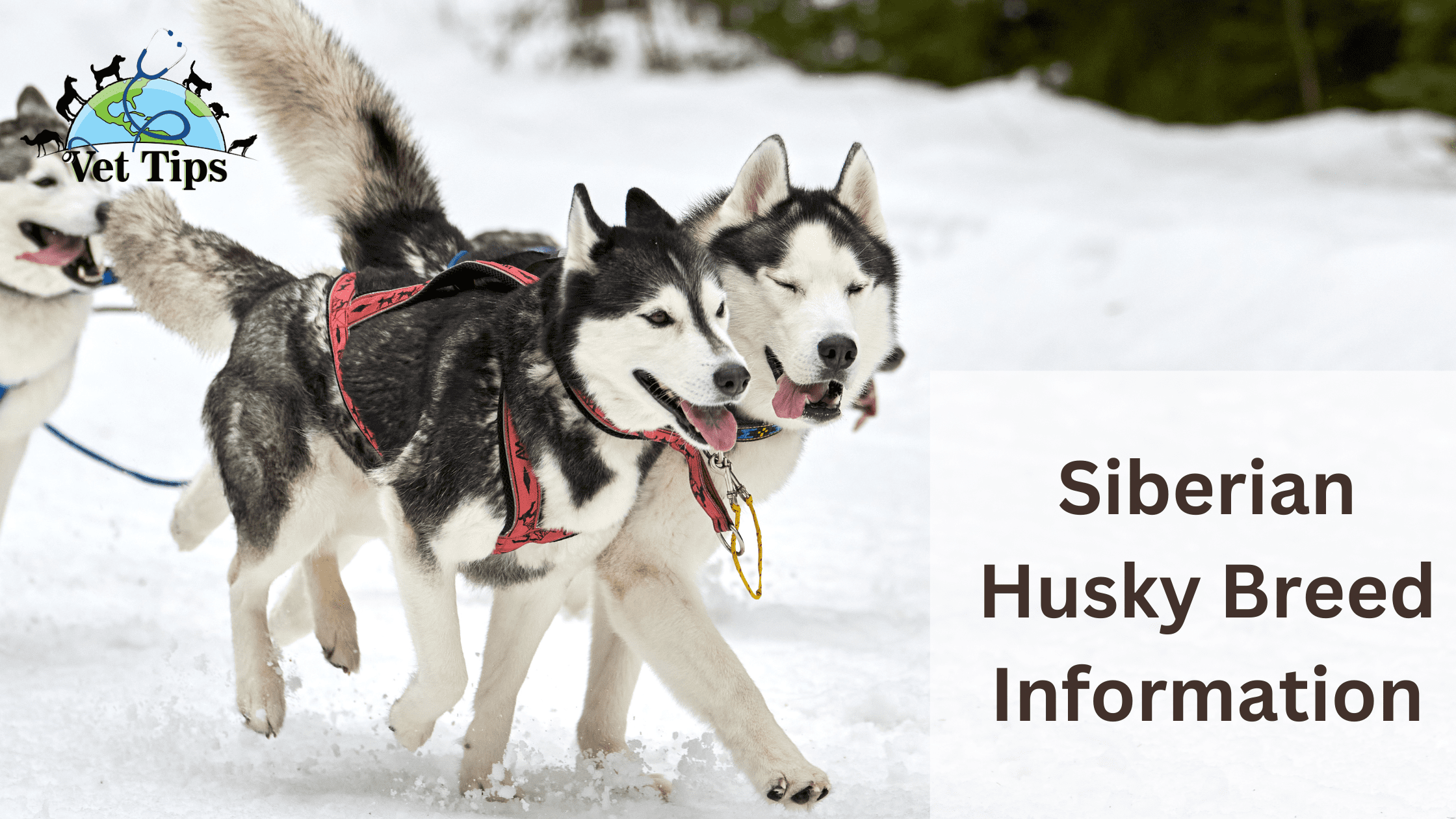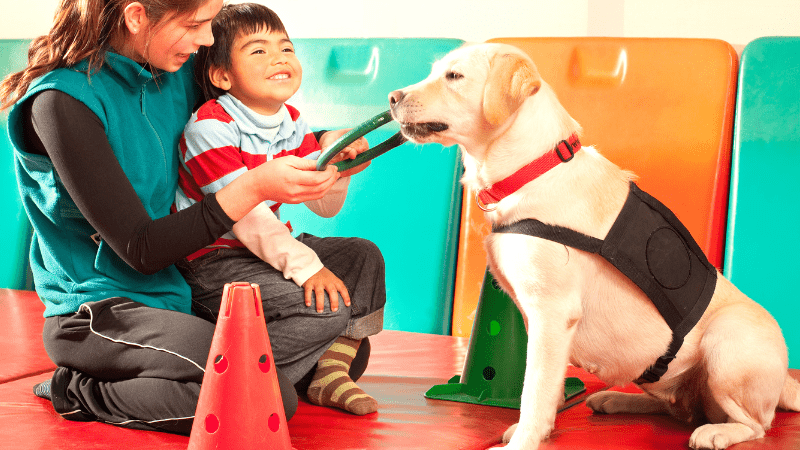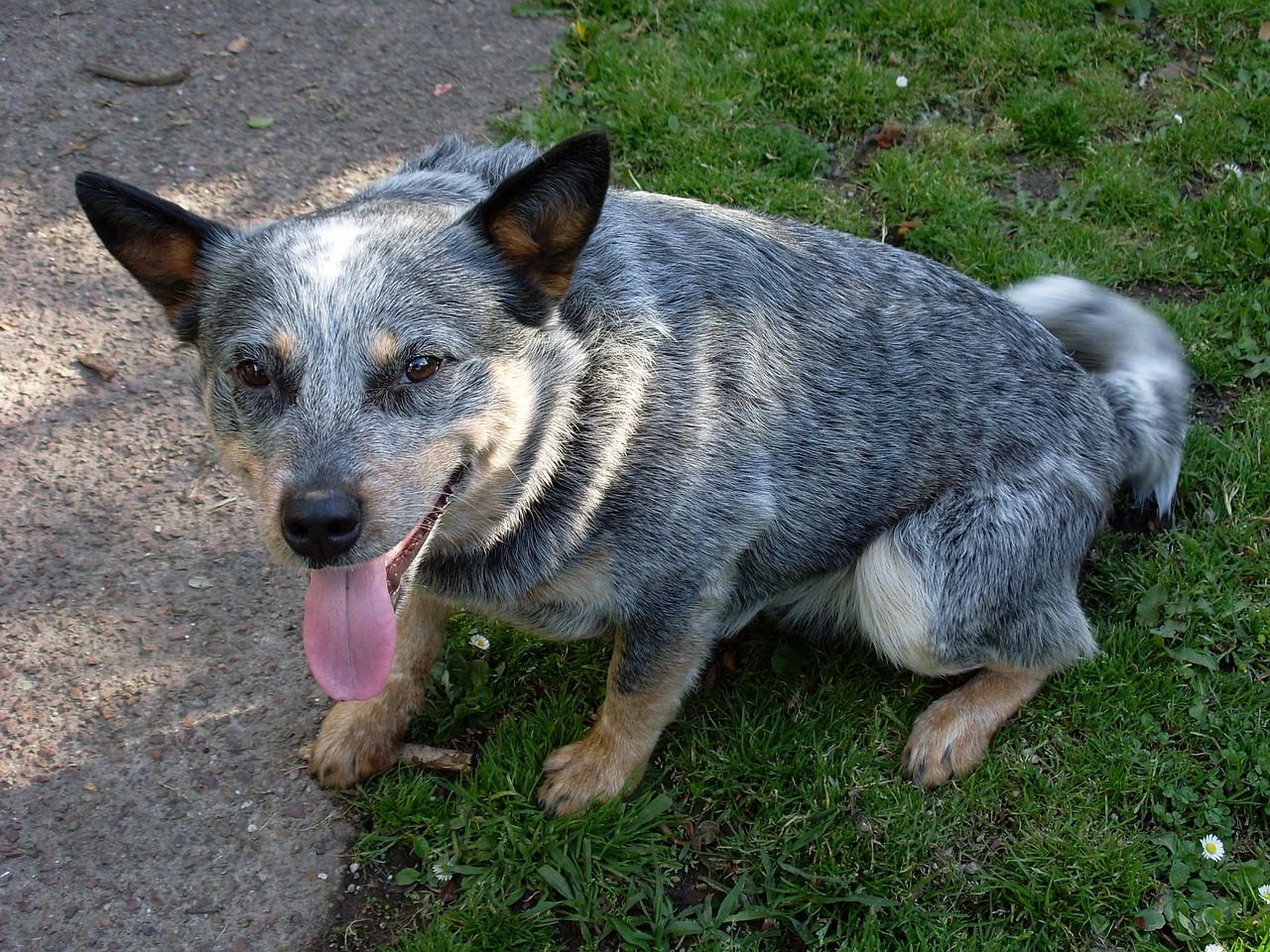In this post, we will discuss all about “Siberian Husky Breed Information”. Continue reading to learn more about it.
History of the Breed:
The Chukchi, a Siberian nomad tribe, is said to be the originators of the Siberian Husky. The breed’s history is unknown, but DNA studies show that it is one of the oldest dog breeds. We know that the Chukchi utilized the dogs as a mode of transportation and interacted with them as if they were family dogs. Huskies frequently slept with the children and offered them warm, cozy beds.
In 1908, the Siberian Husky was brought to Alaska and employed as sled dogs during the gold rush. They were utilized in the All-Alaska Sweepstakes, a 408-mile dogsled race, and are still active participants in the Sweepstakes today.
Appearance:
Siberian Huskies are self-assured and clever. They love everyone, yet they don’t need to beg for your attention all the time. Huskies are not aggressive and perform well in households with many dogs. They get along well with kids and will welcome everyone into their house, including invaders.
Temperament:
The coat of a Siberian husky is rich and luxurious, with lots of undercoats. There is a tiny ruff around the neck but no lengthy fringes on the legs or tail. The color spectrum includes black, white, and everything in between. White marks can be found on the chest and legs of most dogs.
Size:
The typical male is between 21 and 23.5 inches tall, whereas the average female is between 20 and 22 inches tall. The male weighs 45 to 60 pounds, while the female weighs 35 to 50 pounds.
Personality:
Siberian Huskies are pack canines who require an owner who is the pack’s undisputed leader. This makes training simpler since your dog will respect you, but don’t be shocked if he occasionally pushes the bounds of your position in the pack and attempts to take command.
One of the most effective methods to establish your leadership role is to make your dog wait to eat. You will be regarded by the Husky as the custodian of all valuable resources, including food, treats, toys, and other canine possessions.
When bored or not given enough exercise, this high-energy breed may be destructive both indoors and out. If left alone, they would wreck a house, and a Siberian Husky has even been seen to gnaw through a cement wall.
They will dig up flower beds and yards, but they may be trained to dig in a specific yard area. Instead of attempting to break your dog of his digging behavior, it is best for everyone if you train him to dig in one location.
Health:
Huskies are typically healthy, although they are susceptible to some health issues, as are all breeds. Although not all Huskies will contract any or all of these illnesses, it’s essential to be aware of them if you’re thinking about getting one.
- Cataracts
- Corneal Dystrophy
- Progressive Retinal Atrophy (PRA)
Care:
To avoid boredom, Siberian Huskies should be exercised for 30 to 60 minutes per day. They’re great running buddies, but they shouldn’t be exercised in hot weather. Surprisingly, kids require a tiny (but secure) backyard to burn off steam.
To summarise, Siberian Huskies must work in order to be happy. Keeping yourself active via hiking and other outdoor activities will usually keep your Siberian Husky healthy, comfortable, and out of trouble.
Crate training is a useful strategy that breeders frequently recommend. It protects your dog and puppies while also providing them with their own secure place to go when stressed or exhausted. Never use a box as a form of punishment.
Living with:
Siberian huskies were bred in challenging environments, and, as a result, they are pretty simple to care for and maintain. If they are overfed or do not exercise, they can rapidly become fat. They were bred to run, and they should get out for a nice run at least a couple of times a week to maintain their fitness. Siberian huskies are known for being tough dogs, with many living to reach 14 years old.
For the Siberian Husky to be able to concentrate on people, early positive training and socialization are essential. These dogs like being around people and having a task to complete, even if it is only running beside you. Siberian huskies are not known for having watchdog instincts, although they do bark when something is wrong. If they are left alone for an extended period of time, they can become diggers and chewers or provide a wonderful howling concert for the neighbors. Sledding and skijoring are two activities that Siberian huskies like.
Hair should be brushed a few times each week, with more frequent brushing required during shedding season. The Siberian Husky’s shorter coat is less prone to mattes than the coats of other northern canines because of its shorter length.
Feeding (Siberian Husky Breed Information):
1.75 to 2 cups of high-quality dry food is enough for Siberian Husky each day; split the daily food quantity into two equal meals.
Siberian Huskies are noted for being “easy keepers” when it comes to mealtimes, requiring a minimal quantity of food for their size. This characteristic may be traced back to the Chukchis’ development of these dogs to pull a light load rapidly over long distances in cold conditions while consuming the least amount of food possible.
Coat Color & Grooming:
If you acquire a Siberian Husky, make sure your vacuum cleaner is in good working order and that you schedule grooming time regularly. His medium-length hair is part of his double coat. The undercoat is soft and dense, and the topcoat is straight.
Siberian Huskies are tidy canines that, like cats, will take the time to groom them. They don’t have a “doggy” stench and don’t require bathing too often. When it’s time for a wash, use a high-quality dog shampoo that’s intended to maintain your dog’s natural oils in his skin and hair.
Brush your Husky’s teeth at least twice or three times a week to get rid of tartar and the bacteria that live inside them. Brushing your teeth daily is even preferable if you want to avoid gum disease and foul breath.
Children & Other Pets:
Huskies are excellent pets for families with children. They may be highly patient with youngsters, but they should be monitored with little children like other dogs.
Always educate youngsters on how to approach and touch dogs, and monitor any interactions between dogs and small children to avoid biting or ear or tail tugging on either party’s side. Teach your youngster never to approach a dog that is eating or attempt to grab the dog’s food. A youngster should never be left alone with a dog.
Even while Siberian Huskies get along with other dogs, it’s still a good idea to enroll your puppy in socialization lessons.
Siberian Husky Breed Information (Summary):
- Siberian Huskies are not advised for apartment life, but they may do pretty well if adequately taught and exercised.
- Huskies are notorious for being escape artists, and they have been known to wander away and vanish.
- Both indoors and out, Siberian Huskies may be pretty destructive.
- During walks, huskies must not be allowed to go off-leash. They will flee and chase after other tiny animals.
Tell us in the comments, how you like our article, “Siberian Husky Breed Information”.
For similar posts like this, click here.
For the source file, click here.





2 thoughts on “Siberian Husky Breed Information”